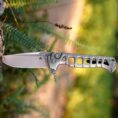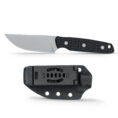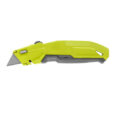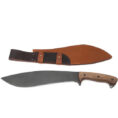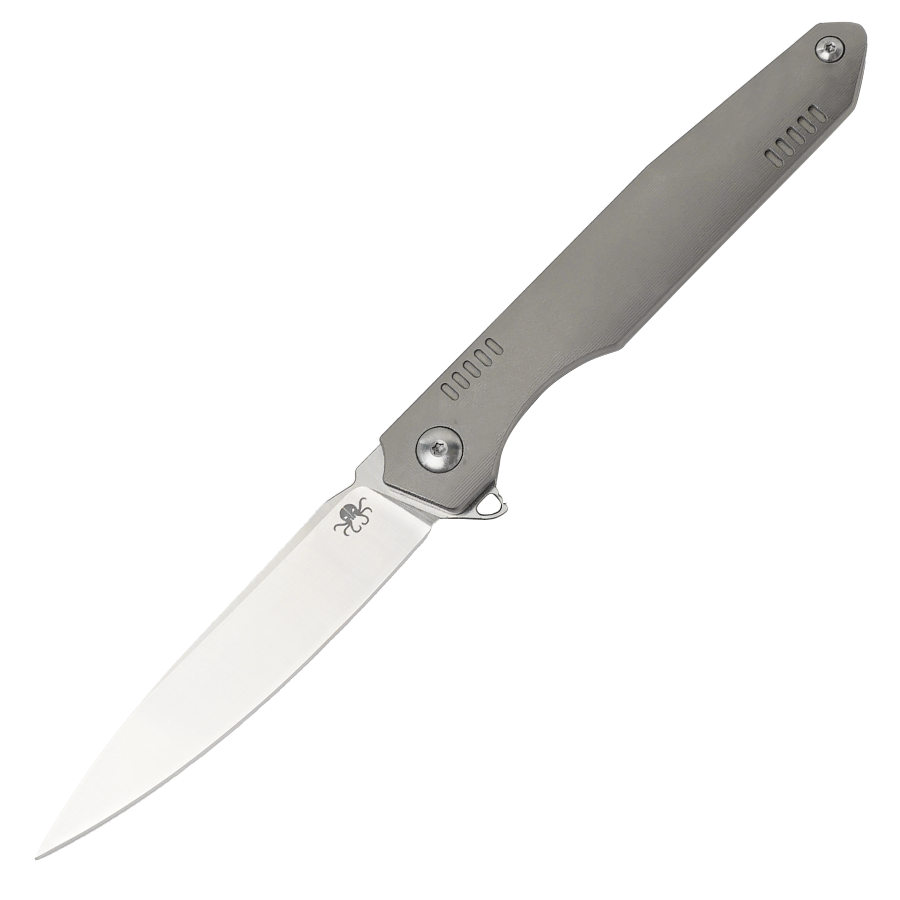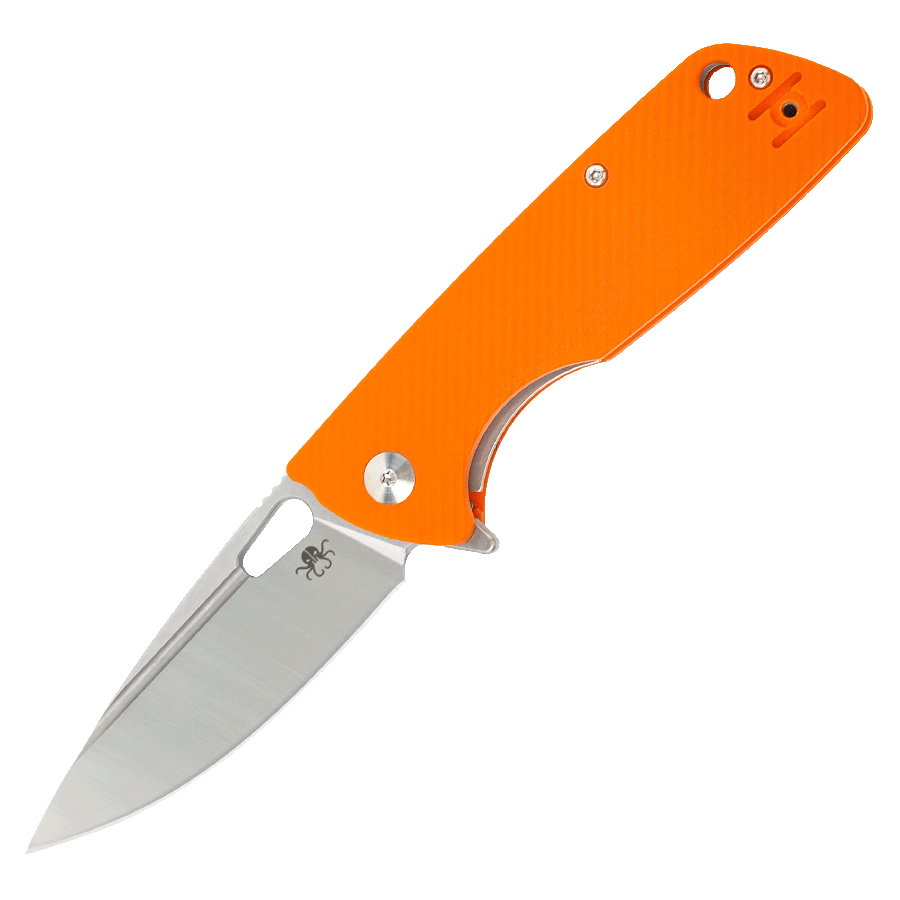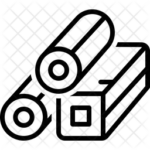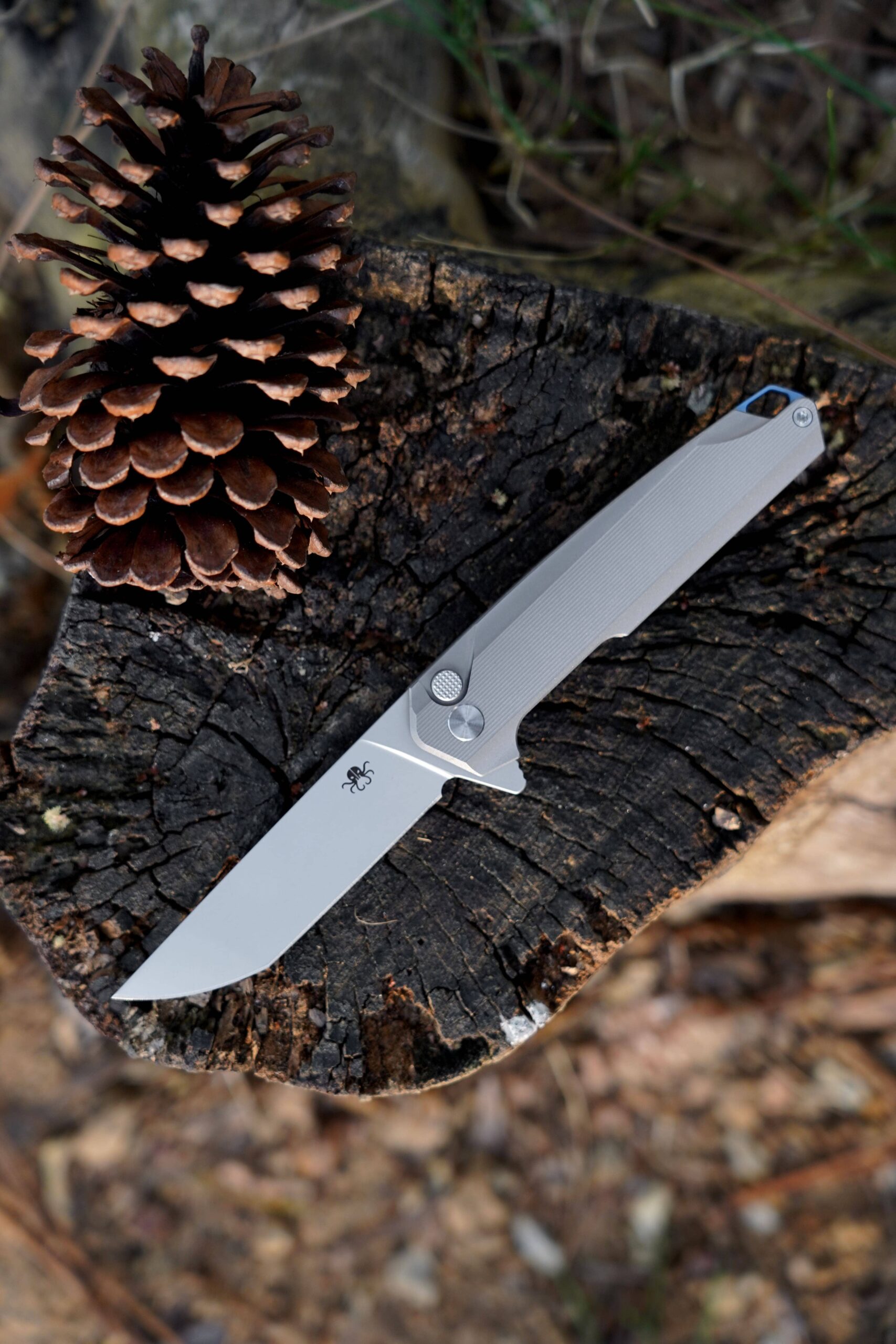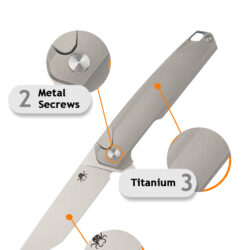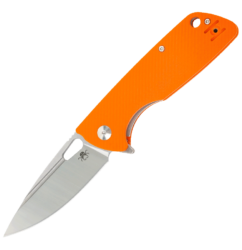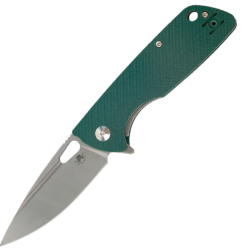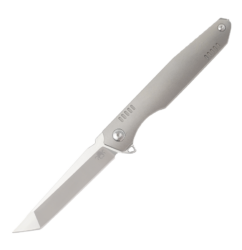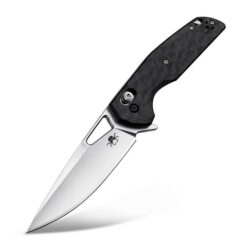Folding Knife Basics Every Beginner Should Know
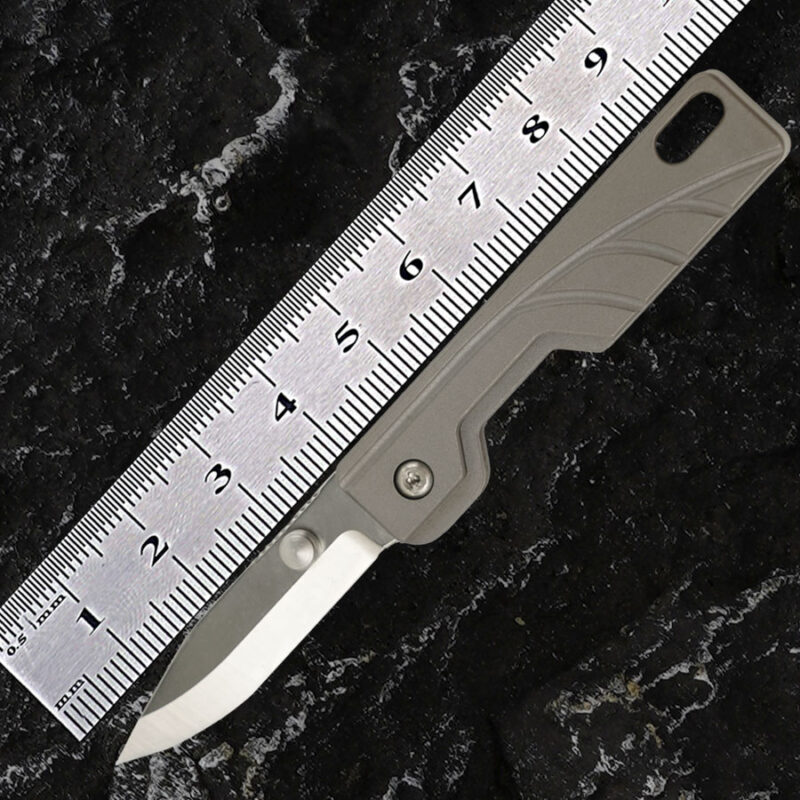
A folding knife is a very useful tool to have. Its blade folds into the handle, so it’s small and easy to carry. You can use it to open boxes, cut food while camping, or fix small things. It’s portable, so you’ll always have it ready when needed. If you want a helpful tool for daily use or outdoor trips, a folding knife is great to own.
Key Takeaways
- Folding knives are easy to carry and useful for many tasks.
- Pick a folding knife that fits your needs: manual for dependability, assisted-opening for fast use, and automatic for quick action.
- Think about blade materials; stainless steel needs less care, while carbon steel stays sharper but needs more upkeep.
- Safety is important. Use a strong lock and handle the knife carefully to prevent injuries.
- Clean and sharpen your knife often to keep it working well and lasting longer.
Types of Folding Knives
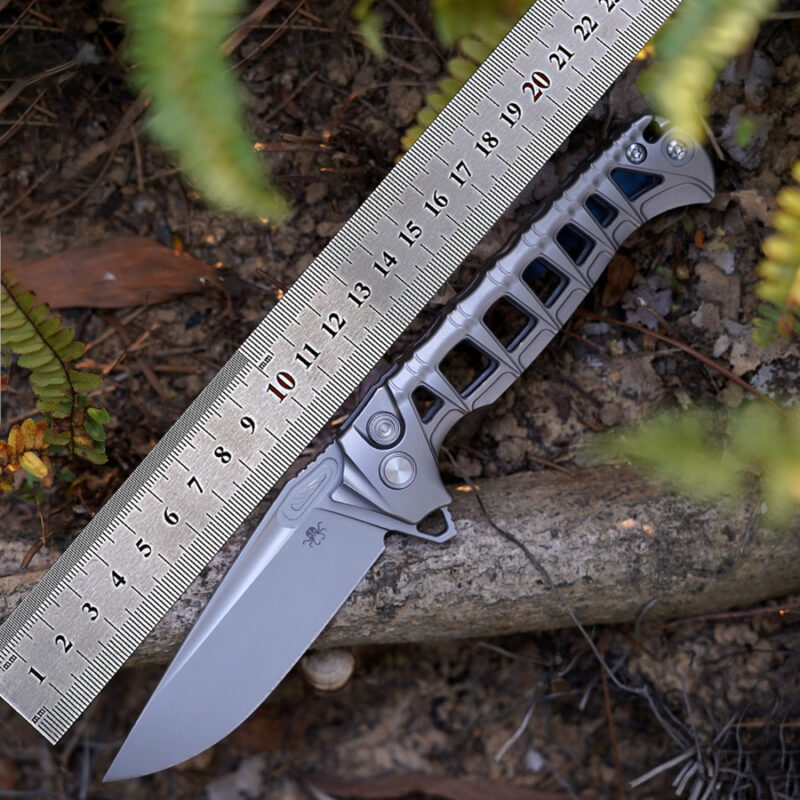
There are different folding knives for various purposes. Let’s look at the common ones to help you choose the right type.
Manual Folding Knives
Manual folding knives are simple and traditional. You pull the blade out with your thumb or fingers. This takes more effort but gives you full control. These knives last long and are very dependable because they have fewer parts.
Did you know? Manual folding knives work better in dirty or rough places. They are also easier to clean than complex designs.
Here’s a quick table to compare their features:
| Feature | Manual Folding Knives | Automatic Knives |
|---|---|---|
| Mechanism Complexity | Simple | Complex |
| Points of Failure | Few | Many |
| Maintenance Ease | Easy | Hard |
| Reliability in Dirt | High | Low |
If you want a strong and low-maintenance knife, go for a manual one.
Assisted-Opening Knives
Assisted-opening knives are great for speed and control. They use a spring to help open the blade fast. Just press a thumb stud or flipper, and the blade pops open quickly. These knives are perfect when you need your knife in a hurry.
They are faster than manual knives. People often call their opening action “super-fast,” which is helpful in emergencies. But they still need some manual effort, making them safe and quick.
Automatic (Switchblade) Knives
Automatic knives, also called switchblades, are all about speed. Press a button, and the blade opens instantly. Professionals like first responders or military members often use them because they can open them with one hand.
Here’s a table comparing automatic knives to others:
| Metric | Automatic Knives | Other Designs |
|---|---|---|
| Blade Deployment Speed | Very fast | Varies |
| Blade Thickness | Thin | Thicker |
| Handle Ergonomics | Good grip | Varies |
| Action Mechanism | Spring-loaded | Manual |
| Safety Mechanism | Included | Varies |
Automatic knives are very fast but have thinner blades and complex parts. They need more care and might have legal limits in some areas. Make sure you’re okay with these before buying one.
Specialty Folding Knives (e.g., multi-tools for camping and survival)
Specialty folding knives are like a toolbox in your pocket. They do more than just cut things. These knives often include tools like screwdrivers, scissors, bottle openers, and small saws. If you enjoy camping, hiking, or survival trips, this knife is super handy.
Why do people love them? They are very useful. Imagine you’re camping and need to cut rope, fix gear, or prepare food. A specialty folding knife can do all of that. You won’t need to carry extra tools. Many outdoor lovers choose these knives because they save space and weight. They fold up small, so they’re easy to carry.
More people are enjoying outdoor activities now. In 2021, over half of Americans spent time outdoors. This has made these knives even more popular. People want tools that work well and last long. Brands like Gerber and Victorinox now make knives with cool features. Some have built-in sharpeners and strong folding parts.
When picking a specialty folding knife, check its quality. It should feel strong and fit well in your hand. Look for tools you’ll actually use. Whether you’re opening a can, building a shelter, or starting a fire, this knife can help make your trip easier.
Pro Tip: Always check what tools come with the knife. Pick one that fits your needs for camping, survival, or daily tasks.
Key Features to Look For
Blade Materials and Their Benefits
The blade material is one of the most important things to consider when choosing a folding knife. It affects how sharp the blade is, how long it lasts, and how much care it needs. Here’s a quick breakdown of two popular materials:
- Stainless Steel: This material is highly durable and resists rust and corrosion. It’s perfect if you want a low-maintenance knife that can handle wet or humid conditions.
- Carbon Steel: Known for its sharpness and edge retention, carbon steel is a favorite among chefs and outdoor enthusiasts. However, it requires regular care to prevent rust.
If you want a knife that’s easy to maintain, stainless steel is a great choice. But if you need a blade that stays razor-sharp, carbon steel might be better for you.
Tip: Think about where and how you’ll use your knife. For outdoor adventures, stainless steel is ideal. For precision tasks, carbon steel shines.
Locking Mechanisms and Safety
A good locking mechanism keeps the blade secure while you use it. This feature prevents accidents and makes the knife safer. Here are some common types:
- Liner Lock: A metal liner inside the handle locks the blade in place. It’s simple and reliable.
- Frame Lock: Similar to a liner lock, but the handle itself acts as the lock. It’s stronger and great for heavy-duty tasks.
- Back Lock: A spring-loaded bar on the back of the knife locks the blade. It’s very secure but requires two hands to close.
Each type has its strengths. If you want something easy to use, go for a liner lock. For maximum safety, a back lock is a solid option.
Handle Materials and Ergonomics
The handle affects how comfortable the knife feels in your hand. It also impacts durability and grip. Here are some popular materials:
- G10: A fiberglass laminate that’s lightweight and strong. It offers excellent grip, even in wet conditions.
- Wood: Classic and stylish, wood handles feel warm and natural. However, they may need extra care to stay in good shape.
- Aluminum: Lightweight and durable, aluminum handles are great for everyday carry. They’re sleek but can feel slippery without added texture.
When choosing a handle, think about comfort and grip. A good handle should feel secure and fit well in your hand.
Pro Tip: Test the handle material before buying. A comfortable grip makes all the difference during long use.
Size and Portability Considerations (e.g., blade length, weight, and ease of carrying)
When picking a folding knife, size and portability are important. You need one that’s easy to carry but still useful. Let’s look at what to think about.
Blade Length
Blade length affects how portable and useful the knife is. For daily use, shorter blades (2.5 to 3.5 inches) work well. They’re small, light, and great for cutting rope or opening boxes. If you enjoy outdoor activities, a longer blade might be better. But remember, longer blades can be harder to carry secretly.
Tip: Check your local rules about blade length. Some places limit how long a knife blade can be.
Weight
No one likes a heavy knife in their pocket. Lightweight knives are popular because they’re easy to carry all day. Most folding knives weigh under 5 ounces, so they’re barely noticeable. This is helpful for daily use or hiking when every ounce matters.
Ease of Carrying
Portability isn’t just about weight or size. Features like pocket clips and slim designs help a lot. A pocket clip keeps the knife secure on your belt or pocket. Some knives have reversible clips, so you can carry them your way.
Folding knives are loved for being small and useful. Their size makes them great for daily tasks, self-defense, or outdoor use. In North America, people love EDC knives for their light and compact design. These tools are practical and easy to carry.
Pro Tip: Try the knife in your pocket or hand before buying. If it’s too big or heavy, you might not use it often.
How to Choose the Right Folding Knife
Think About How You’ll Use It
Before buying a folding knife, decide what you need it for. Do you want it for daily tasks, outdoor trips, or self-defense? Each use needs a different kind of knife.
- Everyday Carry (EDC): For daily jobs like opening boxes or cutting string, pick a small, light knife. A blade between 2.5 and 3.5 inches is perfect.
- Outdoor Activities: If you camp or hike, choose a strong knife. Look for one with extra tools like a serrated edge or multi-tool features. These help with cutting rope or cooking.
- Self-Defense: For safety, get a knife that opens quickly and has a good grip. Assisted-opening or automatic knives are great for this.
Tip: Check your local laws to make sure your knife is allowed.
Decide Your Budget
How much you spend will affect your choice. Folding knives come in many price ranges, from cheap to expensive. Here’s how to pick:
- Affordable Options: If you’re new to knives or need something simple, you can find good ones under $50. These work well for light, everyday tasks.
- Premium Brands: Expensive knives, often over $100, use better materials and last longer. They’re great if you want a high-quality tool or a collector’s item.
Almost half of buyers care about blade material when picking a knife. Costly knives often use strong materials like high-carbon steel or titanium, which makes them worth the price.
Pro Tip: Set a spending limit before shopping. This helps you choose faster and avoid spending too much.
Think About What You Like
Your knife should feel comfortable and match your style. What you like matters when choosing design, brand, and features.
- Design: Do you like a modern, sleek look or a classic style? Picking a design you enjoy makes using the knife more fun.
- Brand Reputation: Brands like Benchmade, Kershaw, and Victorinox are trusted for quality. Choosing a well-known brand means your knife will last longer.
- Safety Features: A study showed 74% of people care about safety when buying outdoor tools. Pick a knife with a secure lock to avoid accidents.
Note: Take your time to compare knives. A knife that fits your needs and style will be more useful to you.
Research and Compare Options (e.g., SOG, Gerber, Kershaw, Buck, Benchmade)
Picking the right folding knife can seem tricky. But don’t stress! Researching and comparing brands is simpler than it looks. Follow these steps to make it easy.
1. Check Out Trusted Brands
Some brands are famous for making great knives. Here are a few worth exploring:
- SOG: Makes tough, military-style knives. They stay sharp and last long.
- Gerber: Offers knives for outdoor use and daily tasks. Their multi-tools are a favorite.
- Kershaw: Known for affordable knives with smooth opening features.
- Buck: A classic brand with strong, traditional designs.
- Benchmade: High-end knives with top-quality craftsmanship. Great for collectors.
Pro Tip: Visit brand websites for product details and reviews. This helps you learn more before buying.
2. Compare Key Features
After picking a few brands, compare their knives. Look at important features. Use this table as a guide:
| Brand | Price Range | Blade Material | Best For | Warranty |
|---|---|---|---|---|
| KRAKEN | $ | Stainless Steel | Tactical, Survival | Lifetime |
| RAGNA | $-$ | High Carbon Steel | Outdoor, Multi-tools | Limited Lifetime |
| ALBIR | $-$ | Stainless Steel | Everyday Carry (EDC) | Limited Lifetime |
| SIGURD | $ | 420HC Steel | Traditional, Hunting | Forever Warranty |
| HERMOD | $$ | Premium Steel | Collectors, High-End | Lifetime |
3. Read Reviews and Watch Videos
Customer reviews and videos are super helpful. They show how the knives work in real life. Look for reviews about tasks similar to yours. This helps you pick the best one.
Note: Don’t ignore negative reviews. They can warn you about possible problems.
4. Try Knives in a Store
If you can, visit a store to test the knives. Hold them to check the grip, weight, and comfort. Sometimes, a knife that looks good online might not feel right in person.
By researching and comparing, you’ll find the perfect knife for your needs. Take your time and enjoy choosing!
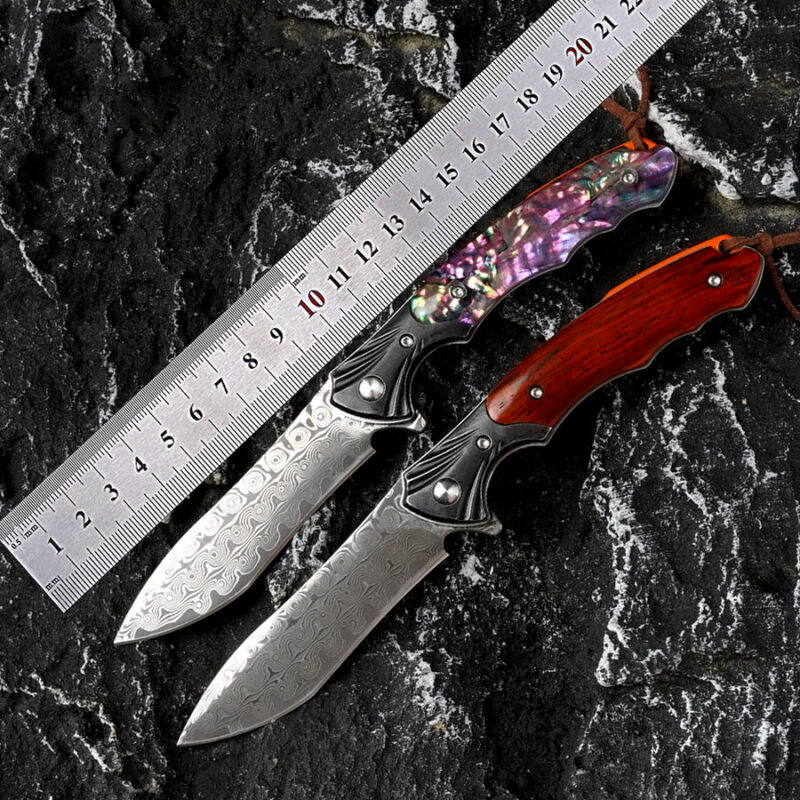
Proper Usage and Safety Tips
尺子-800x800.jpg)
Safe Handling Practices
To use a folding knife safely, handle it the right way. Always cut away from yourself to avoid accidents. Keep your fingers far from the blade’s path. If cutting something hard, don’t push too hard. Let the blade do the work to prevent slipping.
Did you know many injuries happen because of knives? About 30% of workplace injuries involve knives, and 70% are hand cuts. In 2019, over 120,000 hand injuries were reported, mostly from cuts and punctures. These injuries can cause missed work and high costs. By being careful, you can stay safe and avoid these problems.
Tip: Use cut-resistant gloves for tough cutting tasks.
Opening and Closing Techniques
Knowing how to open and close your knife is important. Most folding knives have thumb studs or flippers to help. Use these tools to keep your fingers safe. When closing, make sure the blade is fully folded before storing it.
If your knife has a lock, check that it’s secure before using it. This stops the blade from folding while you work. Practice opening and closing your knife to get used to it.
Pro Tip: Don’t flick the blade open too hard. It can damage the mechanism.
Common Mistakes to Avoid
Accidents often happen because of simple errors. One mistake is using the wrong blade for a job. For example, don’t use your knife to pry or twist things. This can break the blade or hurt you. Another mistake is storing your knife in a damp place. Always keep it dry to stop rust.
Not maintaining your knife is also a problem. A dull blade needs more force, which can lead to slips. Keep your knife sharp and clean for safe use.
Note: Always treat your knife with care. It’s a tool, not a toy.
Maintenance Basics
Taking care of your folding knife keeps it sharp and safe. Let’s learn how to clean, sharpen, and store it properly.
Cleaning Your Folding Knife
A clean knife works better and lasts longer. Dirt can make the blade dull or harm the parts. Follow these steps to clean it:
- Wash the blade and handle with warm water and mild soap. Don’t use strong chemicals that might ruin the materials.
- Use a soft brush or toothbrush to scrub away dirt in small spaces.
- Rinse with warm water and dry it right away with a soft cloth to stop rust.
Tip: Never soak your knife in water. It can damage the inside parts. Always dry it fully before putting it away.
Sharpening the Blade
A sharp blade is safer and cuts better than a dull one. Sharpening often keeps your knife in great shape. Here’s a table to compare sharpening tools:
| Sharpener Type | Benefits | Downsides | Best For |
|---|---|---|---|
| Whetstones | Precise and controlled | Needs skill and time | Experts and hobbyists |
| Honing Rods | Quick touch-ups | Can’t fix very dull blades | Regular light maintenance |
| Electric | Fast and simple | Removes more metal, less control | Busy users, beginners |
| Rolling | Easy to carry and use | Less durable, mixed results | Everyday users |
If you’re new, start with a rolling sharpener or honing rod. If you’re skilled, try a whetstone for better precision.
Pro Tip: Sharpen at the right angle, usually 20 degrees, for the best edge.
Proper Storage Tips
Storing your knife the right way stops rust and keeps it in good shape. Follow these tips:
- Dry your knife completely before storing it. Wet knives can rust.
- Use a case or sheath to protect the blade and handle from damage.
- Store it in a cool, dry spot. Avoid damp places like bathrooms or basements.
Note: If you use your knife daily, check it often for dirt or wear. This ensures it’s always ready to use.
By cleaning, sharpening, and storing your knife well, it will last longer and work like new.
Understanding the basics of a folding knife helps you make smarter choices. When you pick the right one, use it safely, and take care of it, your knife will last for years. It’s a tool that’s not just practical but also reliable for everyday tasks or outdoor adventures. Investing in a quality folding knife is worth it. You’ll always have a dependable companion, whether you’re opening a package or exploring the great outdoors.
Tip: Start with a knife that fits your needs and feels comfortable in your hand.
FAQ
What’s the best folding knife for beginners?
Start with a manual folding knife. It’s simple, reliable, and easy to maintain. Look for a blade length of 2.5 to 3.5 inches and a comfortable handle. Brands like Kershaw or Buck offer great beginner-friendly options.
Tip: Choose a knife that feels good in your hand for better control.
Are folding knives legal everywhere?
Not always. Knife laws vary by location. Some places restrict blade length or ban automatic knives. Check your local regulations before buying or carrying a folding knife.
Note: Research your state or country’s knife laws to avoid legal trouble.
How often should I sharpen my folding knife?
It depends on how often you use it. For regular use, sharpen it every few weeks. If it’s for occasional tasks, sharpening every few months works fine. A dull blade is harder to use and less safe.
Pro Tip: Use a whetstone for precise sharpening.
Can I use a folding knife for food preparation?
Yes, but only if it’s clean. Wash the blade thoroughly before cutting food. Stainless steel blades are ideal since they resist rust and are easier to clean.
Reminder: Avoid using your knife for food if it’s been exposed to harmful chemicals.
What’s the safest way to carry a folding knife?
Use the pocket clip if your knife has one. It keeps the knife secure and easy to access. Always carry it in the closed position to prevent accidents.
Tip: Store it in a sheath for extra protection when not in use.

